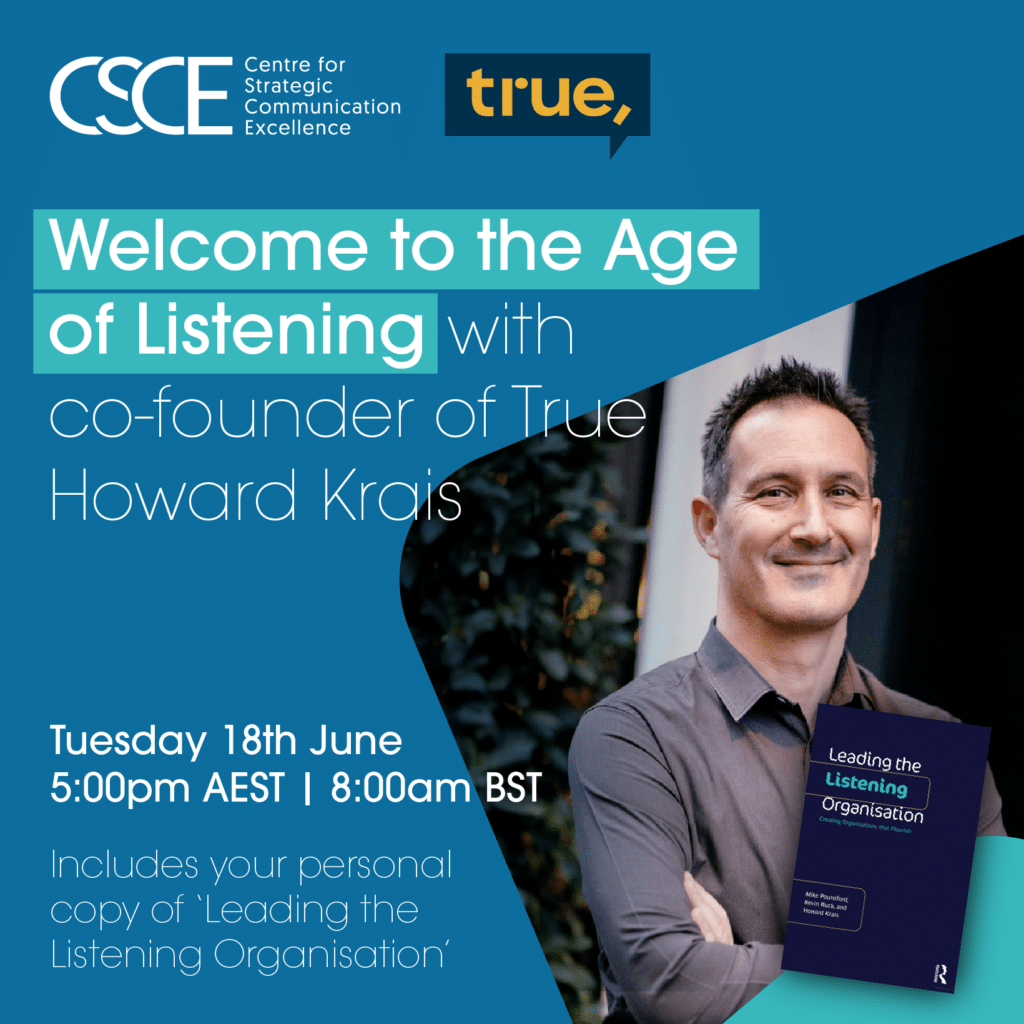Message overload. No doubt about it. Studies show that the average consumer is exposed to up 3,000 brand messages a day. OMD UK’s Future of Britain research project found that consumers switch between screens up to 21 times an hour and Microsoft claims that the average attention span is just eight seconds. Eight seconds. That’s how much time marketing and communication professionals have to capture the attention of elusive consumers.
Information bombards the senses from every conceivable source, every waking moment of the day. Media channels have mushroomed. Not only are there more choices within mediums, but also more mediums to choose from.
Take the Internet, for example. At the end of 2017, global use of the Internet was pegged at more than 4.1 billion people, a number that increases daily. At 500,000 words, it would take the average person 28 hours to read a Sunday edition of The New York Times. An eight-ounce box of cereal carries on average 1,500 words of copy. In 2016-17, Proctor and Gamble spent $US 10.5 billion worldwide to advertise their products, followed by Samsung, Nestle, Unilever and L’Oreal, companies that each spent over $US 8 billion. To put this in perspective, in 2017 a 30-second commercial on Grey’s Anatomy cost US$213,576. But if any old prime time slot will do, the average cost for 30 seconds of airtime was US$134,009.
And that’s just marketing. Business is no less inundated. Projections show that by the end of 2019 we can expect to see 2.9 billion email users worldwide, more than one-third of the global population. Some 269 billion emails were sent and received in 2017, a number expected to grow to almost 320 billion in 2021.
While the human brain is capable of holding as much information in its memory as is contained on the entire Internet, that isn’t the question. Human beings select messages that grab their attention and connect with them on an emotional level. The competition for share of mind has never been greater, yet the channels are congested and only a tiny fraction of messages actually get through.
Attention-grabbing tactics
Marketing and communicators face an important challenge: In an information-overloaded society, how do you command attention in a way that creates and anchors awareness? Much of the advertising industry’s success has been guided by these seven principles.
1. Without research, you’re only guessing.
Alice’s Cheshire cat said, “If you don’t know where you’re going, any road will do.” The success or failure of awareness campaigns depends on the skill of the strategist to clearly understand the audience—who they are, what they think and how to influence their perceptions. Brand gurus call this “finding a window into the mind” or the positioning statement.
Enter audience research. Although there is much controversy about the validity of research and different methods, so far no one has come up with a better idea. How do you know what the audience thinks? You ask. How do you know what will influence choice? You study. How do you know whether the message is meaningful and memorable? You test.
2. Answer the question “What’s in it for me?”
Competing for audience attention is not for the faint of heart. People come in all shapes and sizes, with pre-conceived ideas and opinions that influence your ability to deliver a message.
The human mind operates like a computer, with one important difference: A computer accepts whatever you key into it. The mind does not. The human mind rejects information that doesn’t match prior knowledge or experience. The easiest way to create awareness is to build on something that is already familiar. Make it relevant. Make it real. Make it personal. Effective communication answers “What’s in it for me?” or “Why should I care?”
3. People respond to emotion.
Forget the logic. Find the emotional hot buttons. Make the audience feel something. Logic-based communication presents the facts but does not engage the audience. Ideas that create an emotional experience build a personal connection with each individual. Awareness is more easily gained if you can touch the audience with a memory. Effective communication first speaks to the heart. The head and hands will follow.
4. Keep the creative focus on strategy.
Develop a creative brief to keep you focused. A creative brief links the strategy to the creative execution of the messages. It is here that all the analytical thinking is transformed into a razor-sharp direction that becomes a foundation for the creative idea that will drive the message home.
Completing a creative brief is easy, providing you’ve done your homework:
- Why are you communicating?
- What is the strategy trying to achieve?
- Who are you talking to?
- What do you know about them?
- What do they think?
- What do you want them to think?
5. Less is more.
Keep the idea simple and the execution free of clutter and verbosity. The reading vocabulary of the average person is about 8,000 words. The speaking vocabulary is less. Add limited time and competing agendas to the mix and there is no doubt that only the strong survive. Cutting through the clutter depends heavily on the writer’s ability to serve up a sharply focused message that gets right to the point.
6. Align the media with the audience.
Use a rifle, not a shotgun. With all the noise in the environment, getting the right message to the right audience has never been as challenging. The strategy? Be selective in the choice of media vehicles and channels.
Segment the market, define the audience and find out where they live. What are their media habits, favourite magazines, television programs, radio preferences? Are they likely to be online? Would you find your audience at a football game, in a coffee shop or both?
7. Once is never enough.
Frequency builds top-of-mind awareness. Audiences must receive the same message a minimum of four times before it starts to sink in.
Combining above- and below-the-line tactics, use a variety of vehicles to deliver the message. A multimedia campaign anchored by television might be supported by outdoor and print. But don’t stop there. Reinforce the program with media relations and special events.
Visible, consistent messages delivered over an extended period of time are more likely to be noticed and remembered. That is why people choose Heinz® over other ketchup or Kleenex® over other brands of tissue. The audience is constantly reminded to think of the brand name first. The same principle holds true to build brand awareness.





